Bold, intelligent and known to herd, the Corgi is a high-energy breed

Pembroke Welsh Corgi Spotlight
- Popular companions for England’s royal family
- Considered same breed as the Cardigan Corgi until the 1930s
- Smart, playful and active
- Good with kids and strangers
- Highly adaptable to apartment living
- Excellent breed choice for first-time dog owners
- Easy to train
- Full of energy and active herder
History
Pembroke Welsh Corgis originated in Pembrokeshire, Wales and were initially bred to herd cattle, hunt vermin and guard farm lands. The breed’s full history is considered mysterious to this day and there is even an old tale of the dog’s origin that involves fairies. The more widely accepted story, however, is that Pembroke Welsh Corgis descended from a group of dogs that arrived in Wales with Flemish weavers during the 12th century.
Corgis as a whole were not recognized as a pure breed by the UK Kennel Club until the 1920s, and it was not until the 1930s that the Kennel Club recognized the two variations, Pembroke and Cardigan, as two different breeds.
Pembroke Welsh Corgis are desirable family pets and have been associated with the royal family of England for quite some time. The Pembroke Welsh Corgi received American Kennel Club recognition in 1934 and is currently ranked the 21st most popular dog breed by the AKC.
Personality & Temperament
Pembroke Welsh Corgis are smart dogs and are very aware of their surroundings. Nothing gets past a Pembroke Welsh Corgi. These dogs are affectionate toward their families and are quite playful. Most Pembroke Welsh Corgis have been retired from their original working class lifestyles and are now considered to be full-time family companions. Their intelligence streak makes them easy to train but they can display hints of stubbornness at times.
Although generally friendly and affectionate, Pembroke Welsh Corgis need to be trained and socialized just as much as the next breed. Failure to implement proper training and socializing practices will result in a dog with small dog syndrome, which is never a good thing. Traits associated with small dog breed syndrome include separation anxiety, excessive barking and disinterest in or aggression toward strangers and other dogs.
Owners of Pembroke Welsh Corgis should make it clear from the beginning that they are in charge of their dog and should not give in when the dog is being stubborn or strong-willed. The reward for being a firm, confident owner and successfully training your Pembroke Welsh Corgi is many happy years spent with your approachable, lovable and well-behaved dog.
Appearance & Grooming
The Pembroke Welsh Corgi is longer than it is tall and its body is overall low to the ground. The face is sharp with triangular features and the eyes are oval-shaped with eye color depending on the color of the dog’s coat. The prominent ears stand erect on the top of the head and are rounded at the tips rather than pointed. The Pembroke Welsh Corgi sometimes lacks a tail and is at other times born with a tail, in which case the tail is docked short in keeping with the breed standard although it should be noted that this practice is no longer legally permitted in many countries.
Pembroke Welsh Corgis can be either short-haired or long-haired, which is dependent on the dog’s natural coat length rather than on grooming preferences. Those born with longer coats do not qualify for showing according to the breed standard.
Pembroke Welsh Corgis are fairly low maintenance when it comes to grooming needs. Their coats will need to be brushed at least once per week in order to minimize shedding. They ‘blow” their coats about twice per year, so owners should expect a significant increase in shedding during these times and should switch to daily brushing.
They only need to be bathed as needed, but more regular bathing will keep your Pembroke Welsh Corgi smelling and looking clean while also helping to remove any loose dead hair that will otherwise end up on your clothes or furniture. Their teeth should be brushed every other day or every few days to remove any tartar and prevent buildup that can otherwise result in dental problems.
Health
- Progressive retinal atrophy (PRA) is a cluster of diseases that impact the retina. The diseases cause the cells in the retina, which is located in the rear portion of the eye, to become abnormal. Most cases of PRA result in a complete loss of vision. This group of diseases is genetic, meaning they it is passed down, so not all Pembroke Welsh Corgis are at risk. Veterinarians recommend that breeding dogs receive annual eye exams to determine if they are carriers of the gene associated with PRA.
- Obesity is known to plague Pembroke Welsh Corgis as their build and inability to complete strenuous physical activity for long periods of time makes them susceptible to excessive weight gain. Regular exercise and measuring out your dog’s food before serving are just some of the ways you can prevent your Pembroke Welsh Corgi from becoming overweight or obese.
- Hip dysplasia is somewhat common in Pembroke Welsh Corgis and is genetically inherited. It results in a thigh bone that does not properly fit into the dog’s hip joint. Signs that a dog is suffering from hip dysplasia an include indication of pain, discomfort or lameness in regards to one or both of the rear legs.
- von Willebrand disease (vWD) can occur in Pembroke Welsh Corgis and other breeds, and it can also occur in people. It is a hereditary bleeding disorder and dogs with vWD are at risk of uncontrolled bleeding after experiencing trauma or having a surgical procedure done.
Exercise & Care
Pembroke Welsh Corgis are much more active than their low, stocky build might suggest. Remember that Pembroke Welsh Corgis were originally bred as herders and hunters, so it makes sense that the breed has maintained these athletic qualities.
They are naturally active and will remain happiest and healthiest if they are given constant opportunities to remain active. They enjoy multiple walks per day and are especially pleased with any chance to run around off-leash, whether in a fenced-in yard or in an enclosed area like a dog park. Exercise is especially important for Pembroke Welsh Corgis due to their susceptibility to weight gain and obesity.
Pembroke Welsh Corgis are very much inside dogs and, aside from supervised time spent exercising or playing outside, should always live indoors with their families. Each individual dog will have varying nutritional needs so be sure to work closely with your breeder and veterinarian to determine a feeding routine and a type of food that works best for your Pembroke Welsh Corgi.
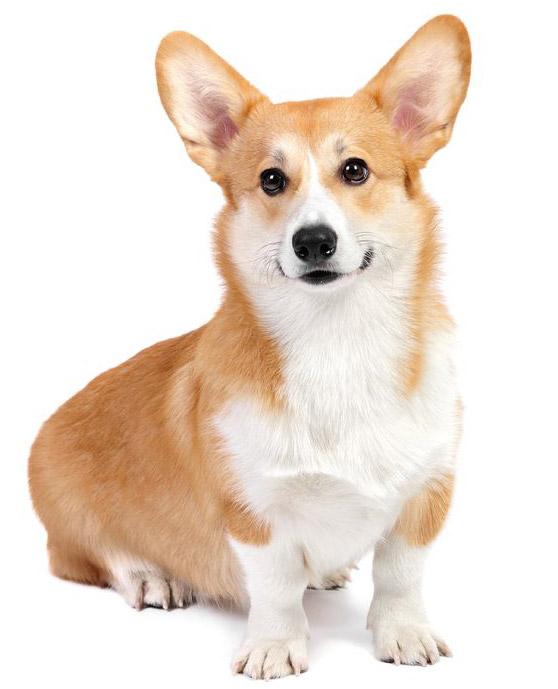
 Wales
Wales
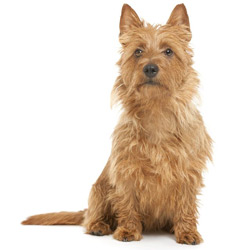
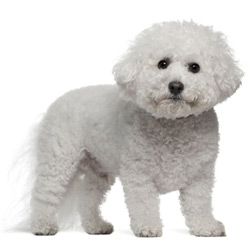
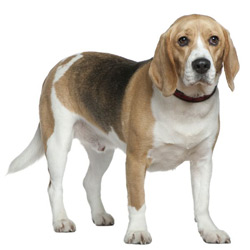
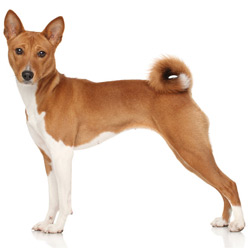
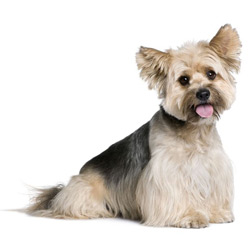
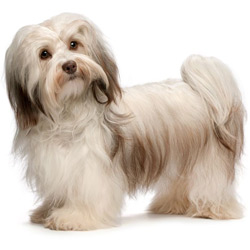
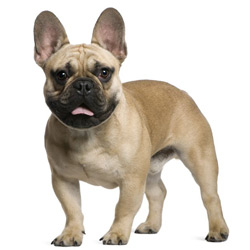
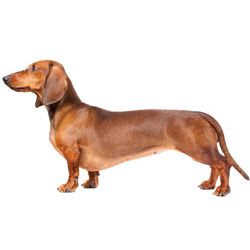
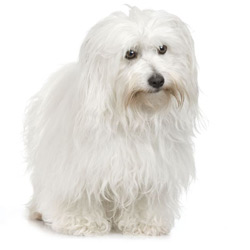
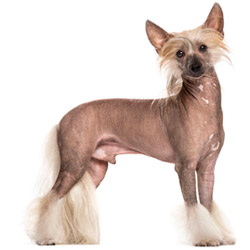
What do you think?